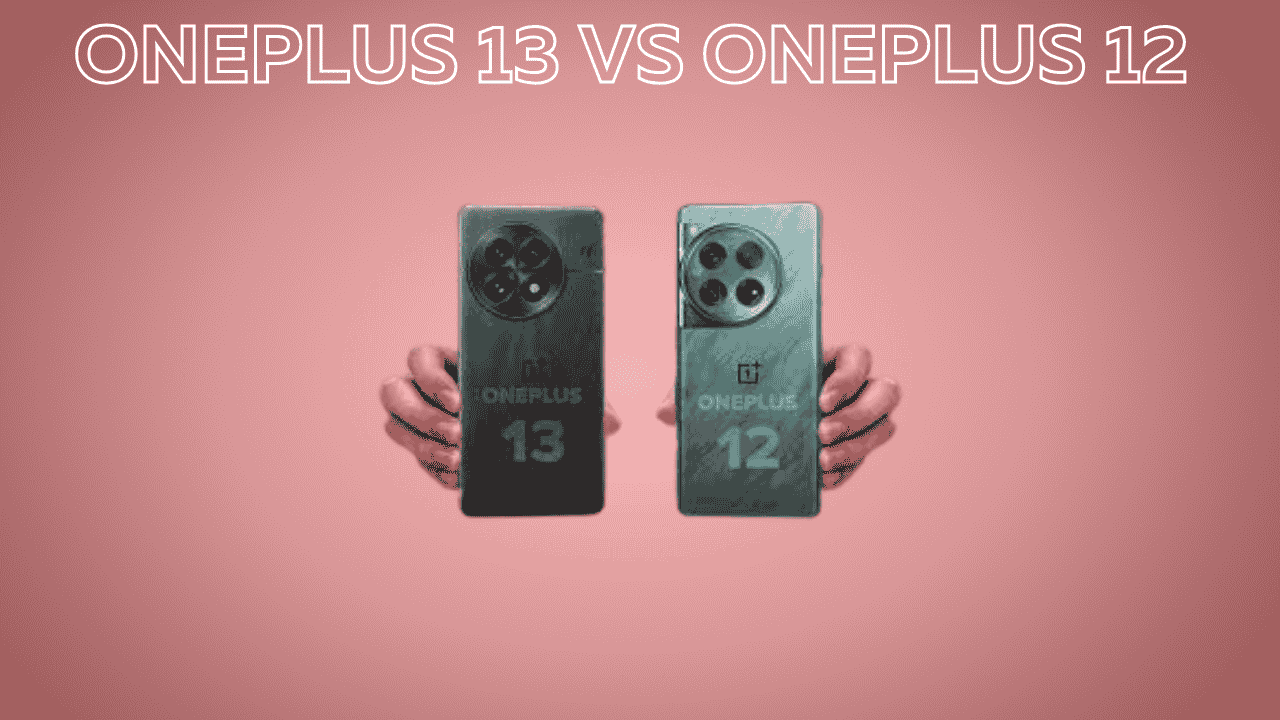
OnePlus 13 vs OnePlus 12: A Comprehensive Comparison
Are you thinking about switching to OnePlus 12 to the OnePlus 13? This comprehensive comparison reveals the major distinctions between the two flagship phones, assisting you determine whether it’s worth it. We’ll look at the design performance, battery life cameras and much many more features, based on comprehensive hands-on review.
Unboxing and Initial Impressions: Subtle Yet Significant Changes
Both OnePlus 13 and OnePlus 12 have the same unboxing items including a 100W charging cord, SIM ejector tool, instructions as well as a silicone case. But, OnePlus is releasing a distinct, additional cover for its OnePlus 13 which includes Max Safe Charging, along with a cooling fan for the Max Safe Charger available for purchase. The fan is designed to prevent the wireless charger from overheating – it’s a clever solution to an issue with wireless charging that is commonly encountered.
The OnePlus 12 boasts a premium curve however, the OnePlus 13 offers a cleaner and more subtle design. Initial impressions suggest that the OnePlus 13 feels more premium in the hand despite initial reservations that were basing on renderings and launch images. The OnePlus 12’s curving edges although appealing visually, could lead to accidental smudges which is largely resolved thanks to the OnePlus 13’s broader appearance. This OnePlus 13 also utilizes a non-slip material also a non-leather version is available. It offers greater grip and more luxurious feeling.
Design and Build: Size, Weight, and Durability Enhancements
The OnePlus 13 is slightly smaller and lighter than its predecessor. Although the differences in the height (2mm) as well as width (1mm) may appear insignificant however, the reduction of 10g in weight is evident. In addition is that The OnePlus 13 packs a significantly larger battery with a capacity of 6000mAh, despite being lighter, which highlights enhancements in the efficiency of construction.
The OnePlus 12 featured Gorilla Glass Victus 2 protection, however The OnePlus 13 upgrades to a Ceramic Guard one, which OnePlus claims has greater toughness and scratch-resistant. Both phones have the aluminum frame, however its flat sides give an extra secure grip as opposed to the OnePlus 12’s curving edges. An important improvement comes in its IP rating that the OnePlus 12 offers IP65, and it’s OnePlus 13 boasts IP68 + IP69. This addresses one of the major complaints about the earlier model. It is also compatible with dual SIMs. OnePlus 13 also supports dual physical SIMs and dual eSIMs. This gives you more choice with regards to connectivity options.
Performance and Battery Life: A Generational Leap
Its Snapdragon 8 Gen2 is a robust processor, but the upgrade for the OnePlus 13 up to Snapdragon 8 Gen3 offers an impressive performance boost. This 3nm-processing makes it more efficient in terms of power consumption. Benchmark scores demonstrate a substantial improvement. There is a significant improvement in benchmark scores. OnePlus 12 had a 5400mAh battery. The OnePlus 13’s 6000mAh battery provides exceptional endurance and screen-on times over 10 hours, as compared to 8 hours on the OnePlus 12. This is equivalent to a whole day, perhaps even two days, on one charge, for normal use. This OnePlus 13 also features an ultrasonic fingerprint sensor. It’s an upgrade over the optical sensor on the OnePlus 12.
Camera Capabilities: Refined Image Processing and Improved Detail
Both phones have an incredibly high-resolution primary camera of 50MP however, the OnePlus 13’s improvements are obvious in the processing of images and the quality. Although the OnePlus 12 had a 64MP lens for periscope and a 48MP ultrawide lens, this OnePlus 13 offers a 50MP ultrawide as well as a 50MP periscope. The distinction is evident in dim light conditions as well as when taking photos in bright daylight. In contrast, the OnePlus 13 provides more accurate color, better control of light and better detail while it was a bit less detailed than the OnePlus 12 held its own when it was in bright sunlight. The front cameras are the same at 32 megapixels.
Display: Subtler Curves and Refined Bezels
The curved display of the OnePlus 12 was beautiful but was prone to accidental scratches. However, the OnePlus 13 mitigates this with more subtle curves and a softer bezels. Both phones have AMOLED 1 billion color display that has 120Hz refresh speed and 4000 nits of peak brightness. Its OnePlus 13 utilizes LTPO 4.1 which allows for more rapid adaptive rate switching. Although the screens are nearly identical in terms of specifications however, the OnePlus 13’s more refined design gives a more enjoyable user experience.
Conclusion: A Significant Upgrade for OnePlus Users
The OnePlus 13 represents a massive improvement over the OnePlus 12. The longer battery life, the improved performance, higher quality of build (including the IP ratings) and a refined design and improved camera performance are all reasons to upgrade for a lot of users. Although there are still some issues with the OnePlus 12 remains a capable device, the improvements that are available in the OnePlus 13 make it a worthy choice for anyone looking for an elite Android experience. An extended review is coming soon to provide a thorough analysis.
Also Read : Oppo Reno 13 Series review A Balanced Performer that has High-Quality Design




Leave a Reply